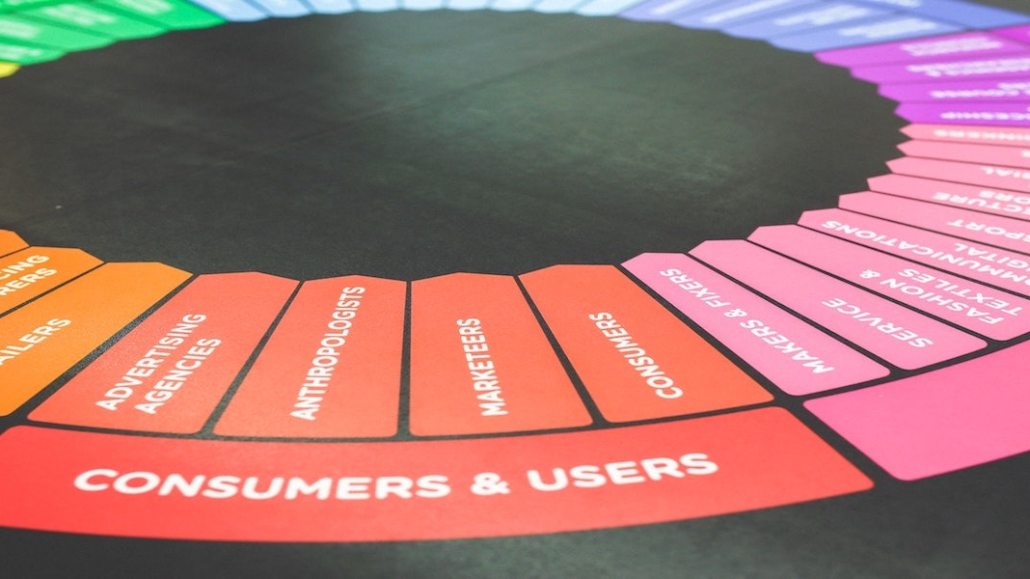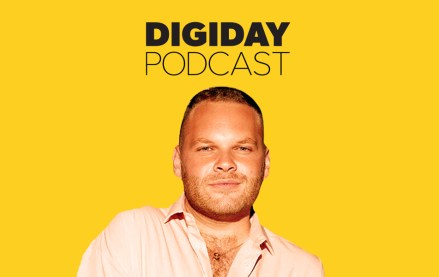Connect with execs from The New York Times, TIME, Dotdash Meredith and many more

It’s not entirely unfair to assume that prospective customers are often more beneficial to your bottom line than existing ones. That being said, it never hurts to acquire a few more customers than you need, right?
Wrong.
It actually costs 5 times as much to acquire new customers than it does to engage and retain your existing ones.
According to McKinsey, most marketers spend 88 percent of their budgets on brand and user acquisition. And with 80 percent of app users abandoning apps within the first 90 days, that turns out to be more revenue than virtually any business can afford to lose. That budget leaves just 12 percent for post-acquisition strategies like engagement and retention, which, in an environment where it is easier and faster than ever before for customers to switch brands, doesn’t go far in preventing churn in any industry.
But there is a solution.
And that solution lies in brands giving up the idea that they can ‘buy’ their way to growth. To be successful in today’s fast-paced digital landscape, you’ve got to engage with consumers using hyper-personalized, relevant real-time messages on the channel that will resonate most with them. Why? Because when you engage in this way, you make customers feel less like a random number in the crowd, and more like a valued individual in your audience. This makes them less prone to churn and more likely to stay loyal, make more purchases and drive revenue for your brand.
Below are some best practices for increasing the lifetime value of your users through four key stages of the customer lifecycle, and tactics to target and segment users individually.
Onboarding: Increase conversions by connecting the ad to the app
A lot of marketers spend millions on highly targeted Facebook ads encouraging people to download their app, then serve the same generic onboarding screens to their entire audience. This experience disconnects the consumer from the intent they had on clicking the ad in the first place, leading to higher churn propensity.
When this experience is customized, it can lead to an 11x increase in conversions — a massive lift to any bottom line.
Engagement: Increase retention through real-time behavioral messaging
We already know that engagement drives growth. So it makes sense that once your users have been properly onboarded, continued engagement will result in increases in app opens, clicks, and overall revenue.
Engagement can be something as simple as pointing out an underused feature in your app or localizing your interactions. If you really want to maximize your presence, dynamically triggered and micro-targeted messages create authentic and timely relevance that will have a direct impact on your business and your customers’ loyalty to your brand.
By combining micro-targeting, real-time triggering, real-time delivery and geo-location technology, your messaging could make the difference between losing a valued customer to a competitor and retaining them as a long-term enthusiast.
Monetization: Optimize your paywall to increase subscription
Successful monetization comes from serving relevant and contextual experiences to customers in their exact moment of need. With the right set of tools and tech, it’s possible to process customer behavioral data from a suite of devices (think mobile, web, smart tv’s and more) and act on these insights in real time. Each touch and swipe can tell you something valuable: individual needs, wants and personal intent.
This comprehensive view of individual customer action— and the frequency and recency of these actions — can be easily used to your advantage during monetization efforts tied to all sorts of campaigns.
Customer service and satisfaction: Increase customer satisfaction surveys completion rates with in-app messages
Typically, only a tiny fraction of your consumers will ever actually complete a customer satisfaction survey. This is usually because they arrive days or weeks after the relevant customer experience.
However, there’s a better way. In-app surveys have revolutionized how customer feedback can be collected, transforming response rates. They can be triggered to reach customers both in the channel and during use to get feedback when it really matters, i.e. in the moments after their plane lands in their specific destination.
If the message is targeted, rather than triggered, behavioral data can decide when is the optimal time to deliver this message to individual consumers: when it has the least likelihood of interrupting them and the most chance of being relevant.
For more information and more actionable insights on successfully increasing your customers’ lifetime value, read the full whitepaper here.
More from Digiday

In Graphic Detail: Inside the state of the creator economy industrial complex
The creator economy might have started out as an alternative to traditional media, but is becoming more and more like it as it professionalizes.

Ad Tech Briefing: How ad tech underpins the fate of Madison Avenue’s ‘Wedding of the Year’
The ‘brand safety’ debate is threatening to derail the IPG-Omnicom merger, while questions are raised on the integration of Annalect and Acxiom.

‘Embrace your chaos’: How creator Brandon Edelman is trying to plan for the future
While creators are now key to marketing budgets, their longevity in the fast-paced digital world is a pressing concern. This episode explores how TikToker Brandon Edelman is navigating that challenge, building a sustainable career by diversifying his content and focusing on brand partnerships.





